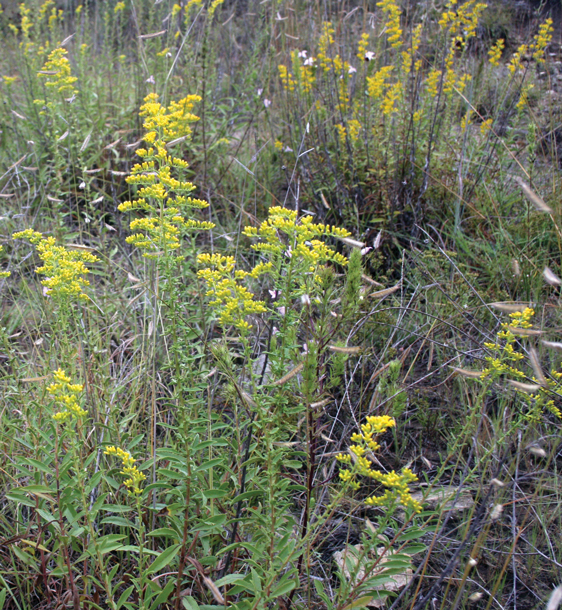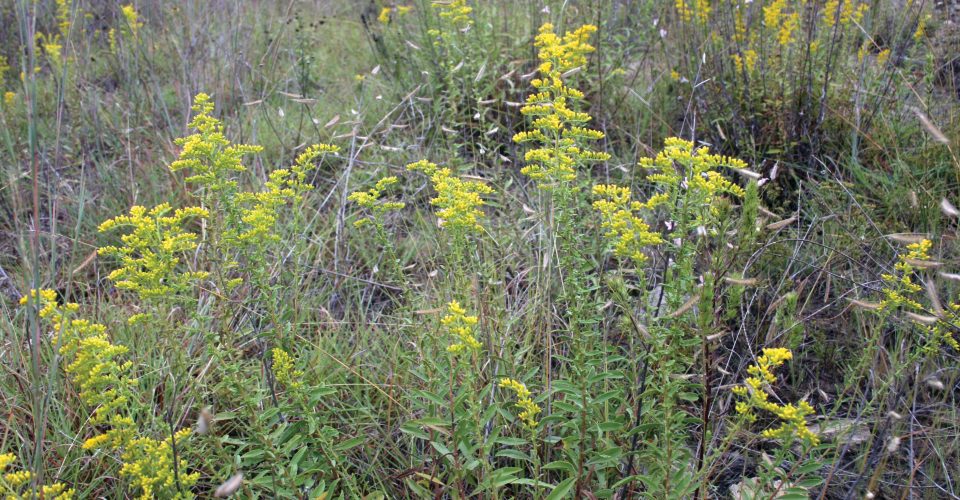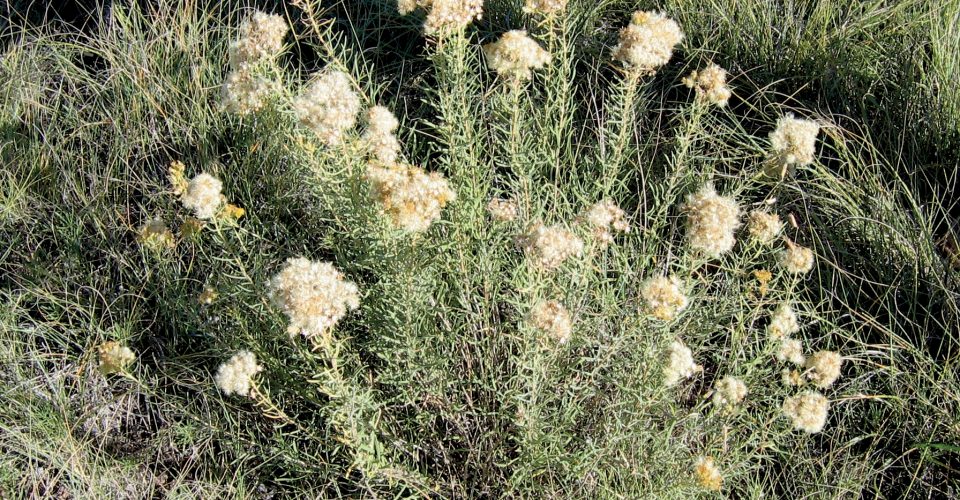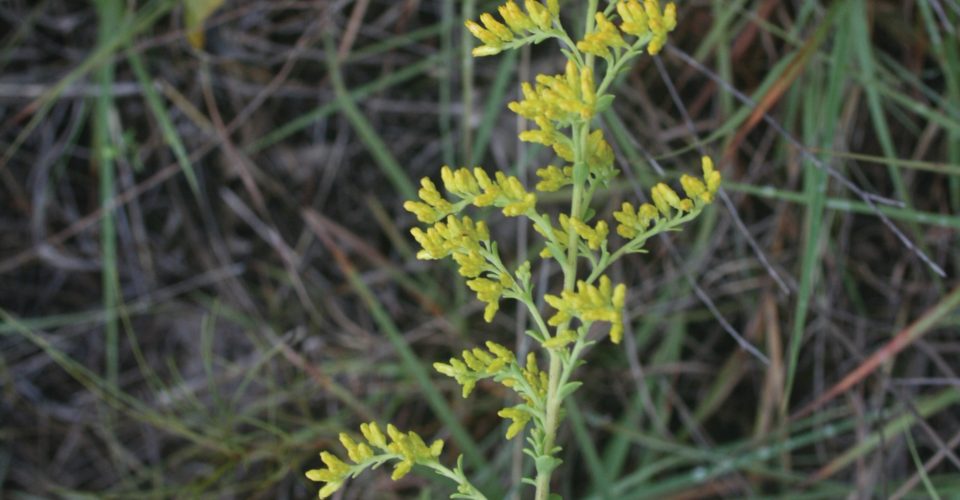Goldenrod (Solidago odora)
Goldenrod, also known as sweet goldenrod, is a native perennial warm-season forb that is a member of the Aster family. It can be found in medium-textured to sandy soil in savannahs, woodlands and pinelands throughout the southern and eastern United States.
The plant has hairy stems that can reach a height of 5 feet, with narrow, dark green leaves that have pointed tips. Goldenrod is known to bloom from July through October in a display of bright yellow flowers.
- Spreads from underground roots, called rhizomes
- Seed is commercially available
- When the leaves are crushed, they smell like licorice
- Was used by the Cherokee Indians as a medicine for several ailments
- Utilized as a food source by many songbirds and pollinator species such as honeybees
Goldenrod is rarely a problem in the landscape, but if it becomes an issue, the plant can be easily controlled with herbicides.
Editor’s note: Kent Ferguson, retired rangeland management specialist from USDA Natural Resources Conservation Service (NRCS), is providing us with plant identification photo stories to help ranchers identify those forbs, forages and species growing in the pastures. Additional photos provided by USDA NRCS.
Goldenrod is excerpted from the August 2015 issue of The Cattleman magazine.




